
|
||||||||
2018 |
||||||||
| Barangay Lumingon, Tiaong, Quezon, Philippines |
||||||||
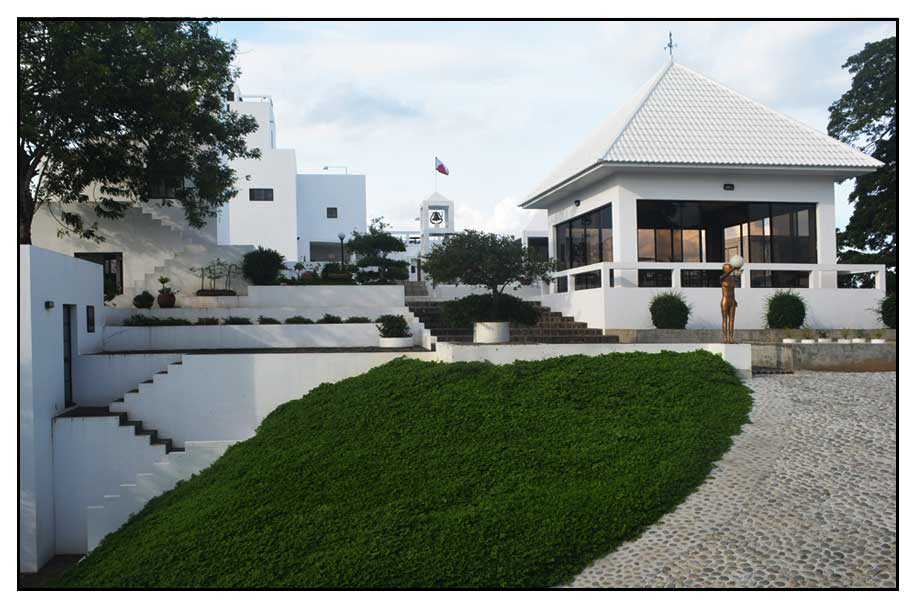 |
||||||||
Located at the peak of a burol in barangay Lumingon, the White House at Pulang Lupa is an on-going 20-year long construction project. What started in April 1998 with a dream of a one-room school house and library has burgeoned into a complex of buildings with five guest rooms, a pavilion, a library, a chapel, an outdoor theatre that sits over 200, an art gallery and scattering of outdoor sculptures, spacious courtyards, and view decks galore. It towers over the town of Tiaong, feasting on the wonders and whims of nature: the grand vistas of the verdant countryside and circle of mountains, the capricious peaks of Cristobal and Banahaw that awakens suffused with the colors of sunrise breaking through the morning mists, and the Ayusan mountains sometimes awash with the palette of sunset colors, the rainbows, the celestial night skies.
Water availability was unpredictable, dictated by the whims of nature—delivered by trucks when the roads were passable, hauled up by horses, or shoveled or scooped from rain puddles provided by downpours. There were early attempts to incorporate native elements: wooden doors, capiz- and glass paned-windows, Vigan tiles, a bahay kubo—they all succumbed to the elements, the nature gods that ruled the peak: the lumot that plagued the tiles, the unconquerable termites, the vicious habagat and amihan winds, the monsoons, and typhoons that always felled a tree or two. I thought it was a done a decade ago. The original building was already cause of delight and wonderment for visitors. Alas, to me, it refused to finish. It stood like an unfinished painting in a too-large canvas. "Enough!" friends and family amusedly advised. . . to deaf ears. Construction continued, and, too boot, a small columbarium, a cobblestoned circular driveway, landscaping, walkways, lanais, patios, and room extensions. Whenever possible, the windows opened to views of the country side; and from the view decks, a bird's eye view of Tiaong and beyond. There were times when when we had to tear down what was just built, because it didn't look quite right. When typhoon Glenda felled the giant acacia tree that took the kubo rest house with it, the pavilion soon rose in its place. In its wake, lots of spaces and walls, and nooks and crannies at every turn that begged for artwork.
It is difficult to separate the the White House from the artwork: It is a continuity of one with the other, a connection of design and art, each accentuating the other. The buildings, the landscaping, and the interior decorating. The painstaking connection of interiors and exterior, and, whenever possible, a picture window to the vi I created all the artwork, a few from way back, some from Baltimore, many done in the last ten years. Having a mason and a welder at hand has greatly facilitated putting creative ideas and sudden flashes of inspirations into fruition. Many of the artwork material are rescued junk: thrashed wood and scrapped metal. A defunct generator, old metal grill fence works from the ancestral house, and countless junkyard foraging have provided for much of the metal sculpture. For me, the White House and the art have become a reason, a purpose; perhaps, a culmination of creation and design. I can't really put it in words. Often, from atop, I look down at the expanse of what I have done, wonder how it all happened. . . and allow myself moments of exhilaration. Perhaps, it is more than the White House and the art. It is that unexpected vista that unfolds for visitors, the inexplicable wonder and measures of joy. To borrow a paragraph from something I wrote more than ten years ago. . . |
||||||||
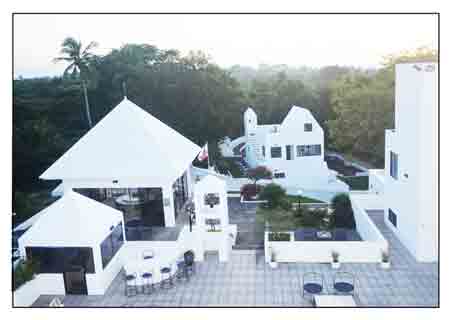 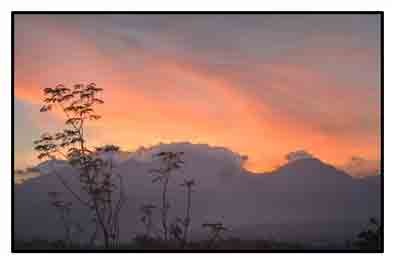  |
||||||||
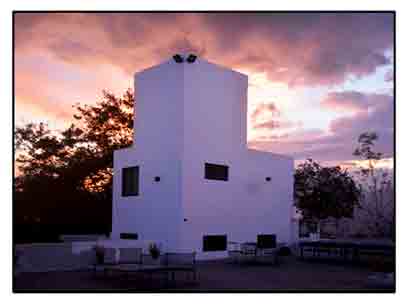 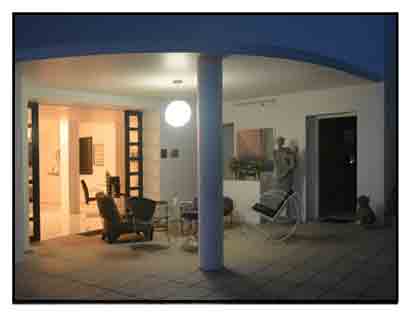 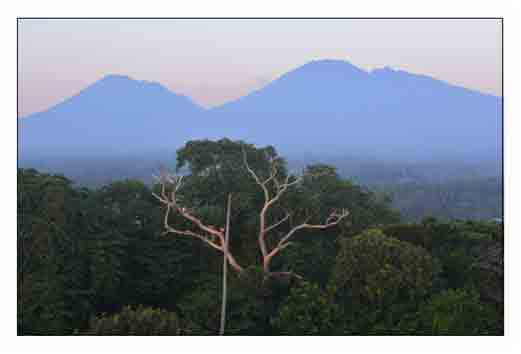 |
||||||||
• |
||||||||
| New Art at the White House | Directions from Manila | The Construction Story | ||||||
| Tiaong | Ancestral House | Old Pulang Lupa Story | ||||||
• |
||||||||